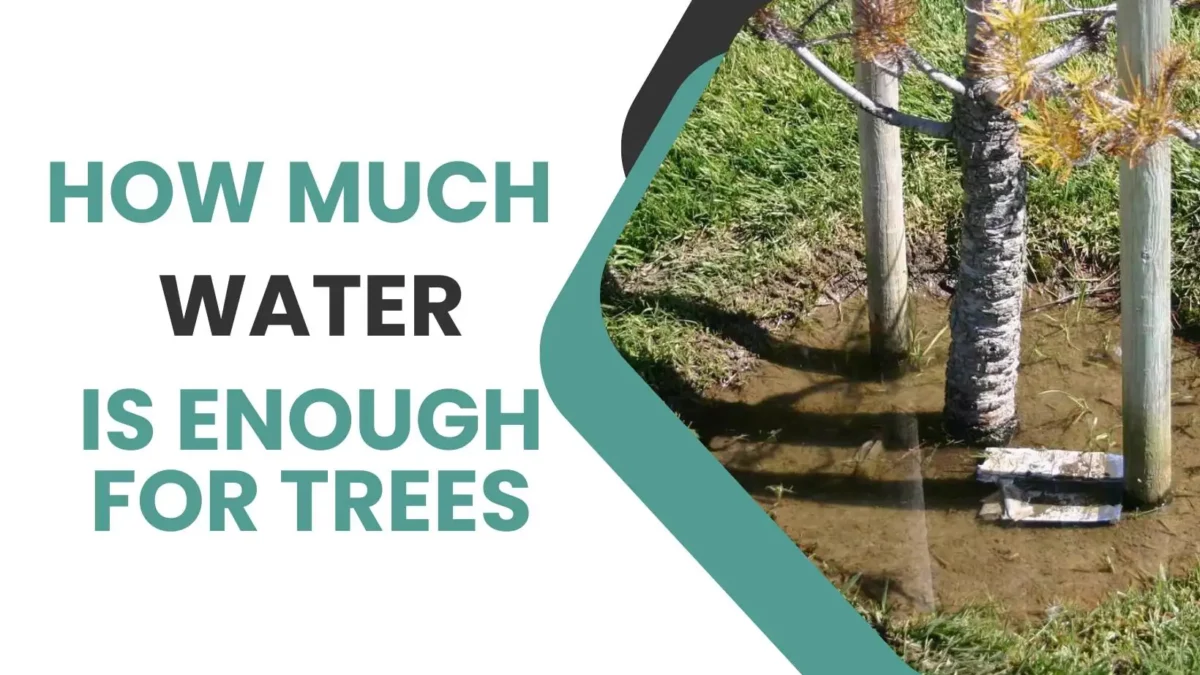
How Much Water is Enough For Trees
Understanding the Water Needs of Trees
Trees, the silent guardians of our environment, play an essential role in maintaining the balance of nature. It is important to understand the complexities of their water requirements so as to ensure their maximum growth and well-being. Addressing this need properly benefits not only the trees but also the entire ecosystem. In this detailed tutorial, we’ll look at the factors that impact tree watering requirements, helping you to develop a healthy green help.
Factors The impact of Tree Water Needs
Species Specifics
Different tree species have unique water requirements. Understanding the specific needs of the trees in your care is important. For instance, trees may require less water compared to dying trees. Researching the watering preferences of specific tree species is fundamental to providing the best quality care.
Considerations Regarding the Environment
The environment plays a important role in determining the watering frequency for trees. Trees in dry regions might need more frequent watering, while those in humid climates may grow with less. Consider the local weather to tailor your watering protocol accordingly.
Read Also This Blog: The Key Concepts of Palm Tree Trimming in Las Vegas
Soil Type and Composition
The type of soil in which a tree is planted significantly affects its water retention capabilities. Sandy soils drain quickly, requiring more frequent watering, whereas clay soils retain water for more extended periods. Striking the right balance and understanding the composition of your soil is essential for effective watering.
Signs of Improper Watering
Recognizing when a tree is not receiving enough water is Important for quick reaction. Some common signs include:
- Wilting Leaves: Leaves that appear droopy or lack their usual energy are a clear indication of insufficient water supply.
- Leaf Browning: Brown or crispy edges on leaves signal dehydration and a need for increased watering.
- Premature Leaf Drop: Trees dropping leaves outside their normal seasonal pattern may be experiencing water stress.
Calculating Water Requirements
Accurately determining how much water your trees need involves considering various factors:
- Tree Age: Younger trees generally require more frequent watering as they establish their root systems.
- Seasonal Variations: Adjust watering frequency based on seasonal changes, with increased hydration during Summer time.
- Weather Conditions: Factor in rainfall and adjust your watering schedule accordingly.
Best Practices for Tree Watering
Ensuring your trees receive the right amount of water involves using best practices:
- Deep Watering: Support deep root growth by providing a slow, deep watering rather than frequent shallow watering.
- Mulching: Apply a layer of mulch around the base of the tree to retain soil moisture and regulate temperature.
- Early Morning Watering: Watering during the morning allows trees to absorb moisture before the heat of the day, reducing water loss through evaporation.
Conclusion
In conclusion, understanding and meeting the water needs of trees is paramount for fostering a healthy and resilient urban forest. By considering species specifics, climate, soil composition, and adopting best practices, you can ensure your trees thrive and contribute positively to the environment.
Read Also This Blog: Root Bound Trees and The Long-Term Problems They Cause



